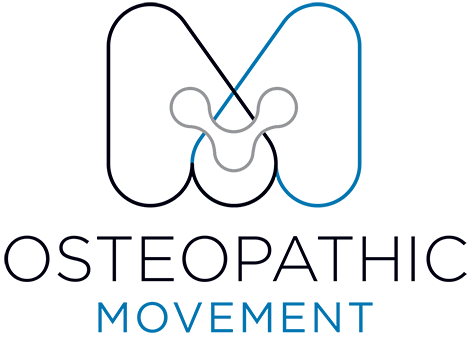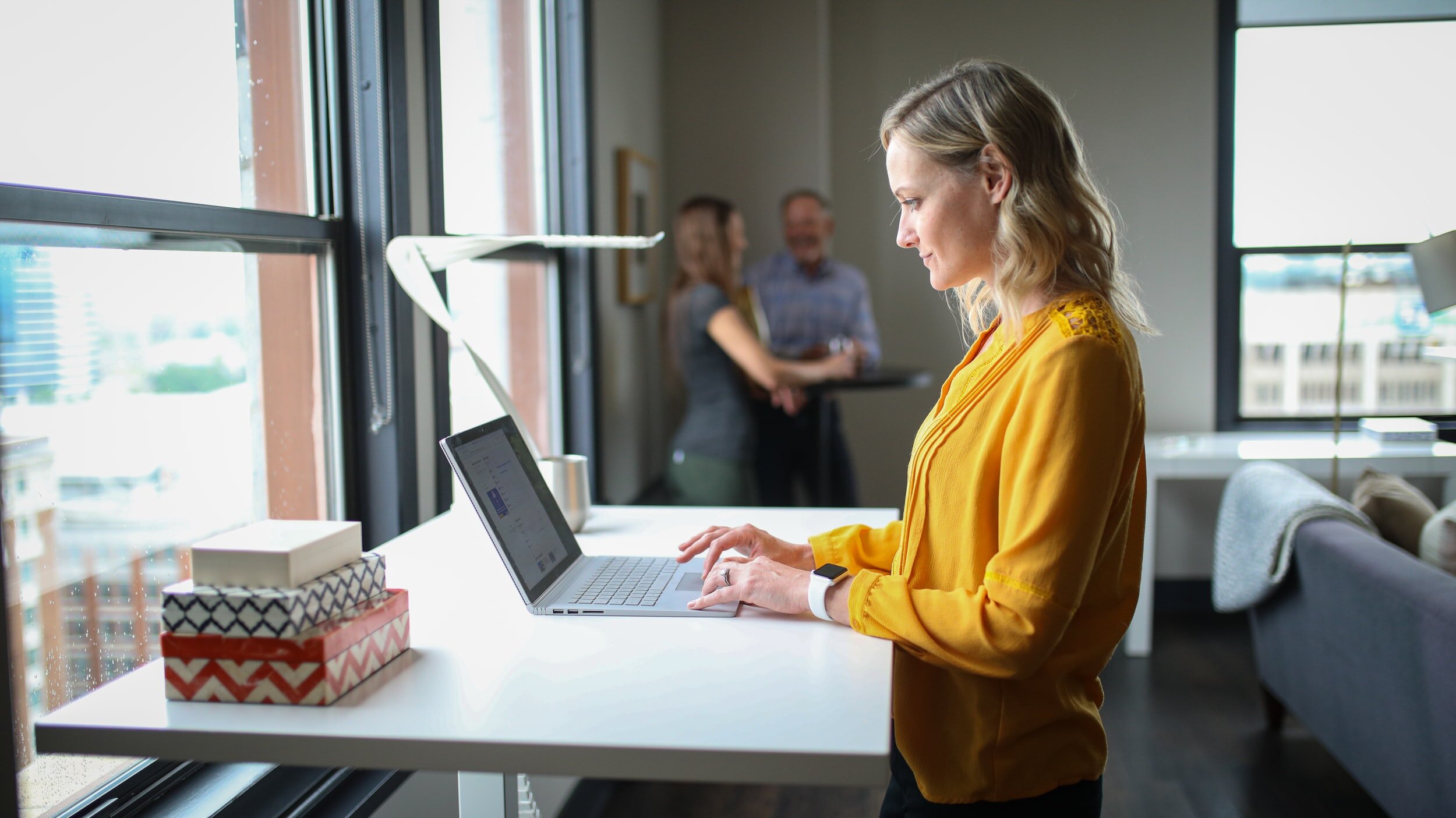Sitting vs. Standing Which Is Better For You?
Sitting vs. Standing: Which Is Better for You?
This might sound like a simple question — but the real answer is more nuanced than you think.
At first glance, standing seems better than sitting. And in general, it is — but not just because standing is “healthier.” The key difference lies in how much movement each position allows.
You can sit well or sit poorly. You can also stand well or stand poorly. What really matters isn’t the position itself — it’s how much you move between positions throughout the day.
Why Movement Matters More Than Posture
We’ve talked in previous blogs about the principles of good posture when sitting and standing. But the main takeaway here is simple:
Your body thrives on movement.
Our joints, muscles, and circulation all benefit when we move frequently and through a variety of ranges. When we stay still — whether seated or standing — our tissues stiffen, our energy drops, and discomfort gradually builds.
This is why standing tends to be better than sitting: it gives you easier access to movement.
When you’re standing, it’s far easier to:
Take micro-breaks from work
Squat down to pick something up
Rise onto your toes to stretch the calves
Twist through your mid-back
Roll your shoulders or loosen your neck
These small moments of movement throughout the day keep your body refreshed, your joints lubricated, and your circulation active.
The Science Behind “Moving More”
Every time you move, you stimulate the flow of blood and lymphatic fluid throughout your body.
Blood delivers nutrients and oxygen to your tissues.
Lymph removes waste products and supports your immune system.
The more you move, the more efficiently these systems function — improving your musculoskeletal and metabolic health.
That’s why exercise is so beneficial, and why there’s no “perfect” form of exercise. The best kind is the one you enjoy and can do consistently. Because consistent movement is what truly keeps your body healthy.
How to Move More During Your Workday
If you spend long hours at a desk, consider:
Alternating between sitting and standing if you have an adjustable desk
Changing position every 30–45 minutes
Doing small movement breaks such as shoulder rolls, calf raises, or gentle torso twists
Walking during calls or meetings whenever possible
If standing all day feels uncomfortable, remember — standing still can be just as problematic as sitting still. The goal is movement, not simply being upright.
Desk Mobility Routine
We’ve recorded a short sequence of stretches and mobilisations you can do at your desk throughout the day to relieve tightness and stiffness from prolonged sitting.
You don’t have to do every exercise or follow a strict order — just pick the ones that make you feel good and keep your body moving.
The Takeaway
There’s no perfect position — only the perfect balance between positions.
The key principle: move more, move often, and vary your posture throughout the day.
Standing can make this easier, but regular movement is what truly makes the difference.
Book Your Appointment
If you’re struggling with desk-related tightness or posture issues, our experienced osteopaths can help improve your comfort, movement, and workday wellbeing.
• Learn more about our South Yarra osteopaths
• Explore our clinic at Osteopathic Movement
• Book your appointment online
Written by Dr Dayne Sweres (B.AppSci (CompMed), M.Osteo) – Founder, Osteopathic Movement, South Yarra.


